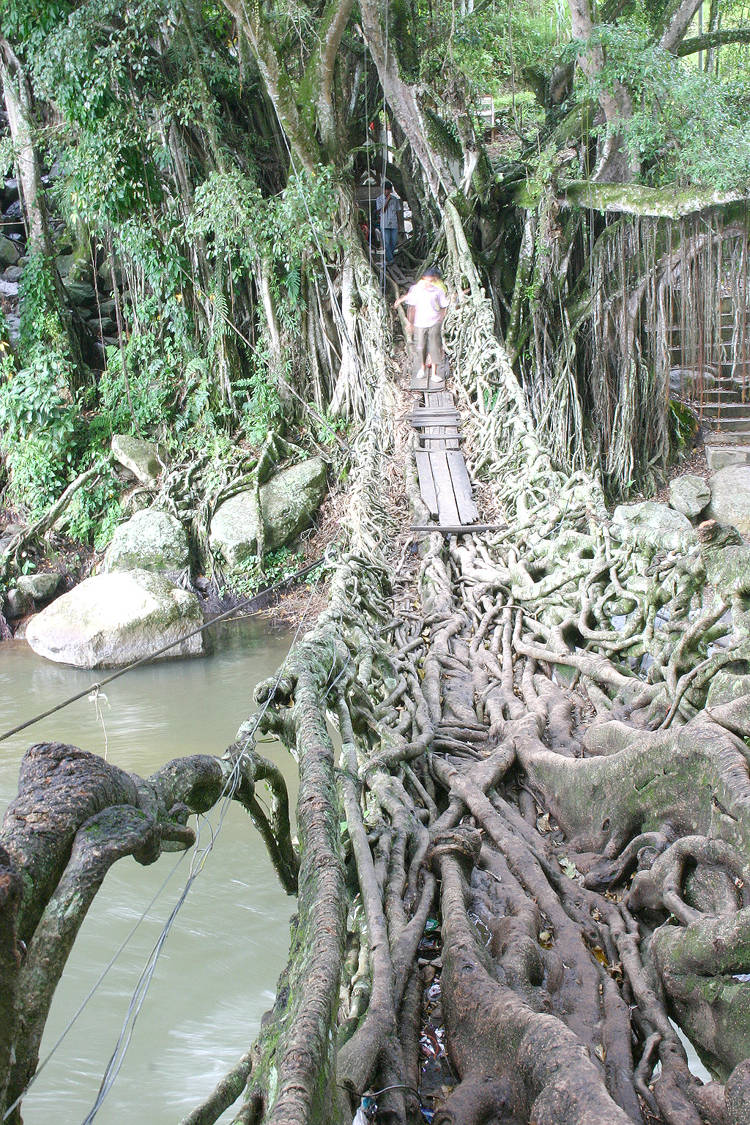Roman Gladatorial games may have been banned almost two millennia ago, but you can still train to become a modern-day Spartacus at Italy’s Scuola Gladiatori Roma, the only genuine school for gladiators in the world.
Following the success of box-office hits like Gladiator, starring Russel Crowe, or HBO’s Spartacus: Blood and Sand series, the popularity of ancient gladiators has reached record highs. But few fans of these ancient warriors know they can do more than build their own gladiator armor and read-up on their history on obscure websites. At the Scuola Gladiatori Roma, in Rome, they can actually train to fight in the arena like their lives depended on it. Students have to go through rigorous physical training that tests their agility, coordination, speed and strength, before moving on to the actual weapons training and finally facing their experienced instructor in the arena. True wannabe gladiators attend courses for several months, even years, and become specialized in certain weapons and combat techniques, according to their physique. But for those with less free-time on their hands, the Scuola Gladiatori Roma offers a “Gladiator for a Day” experience that puts participants through a crash course on gladiator training in ancient Rome.





















